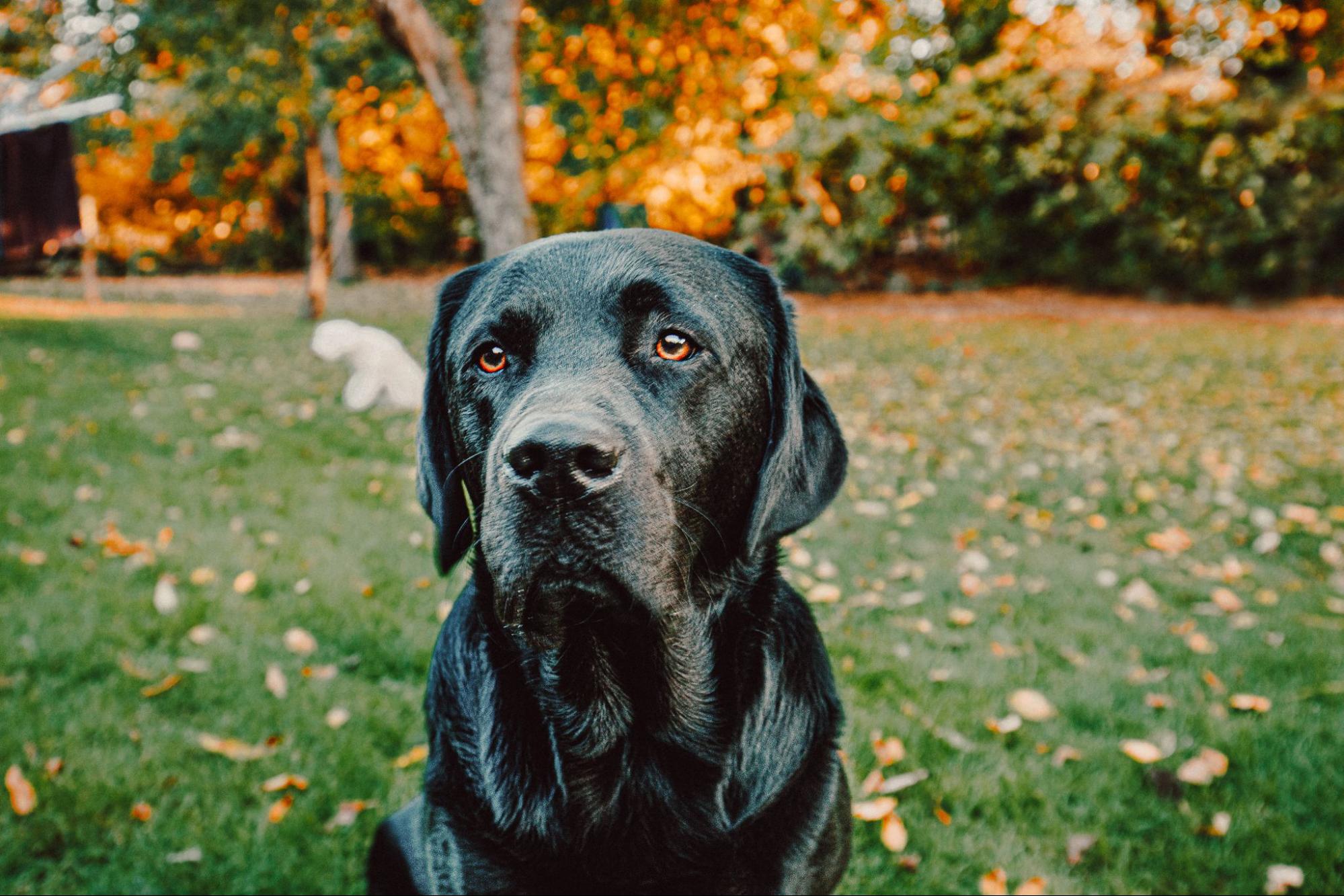How To Train A Dog Not To Jump Cesar Millan
Training a dog not to jump can be a challenging task, but with the right techniques and consistency, it is definitely achievable. In this article, I’ll share some effective strategies on how to train a dog not to jump using methods inspired by renowned dog behaviourist Cesar Millan.
One of the first steps in training your Labrador or any other breed not to jump is teaching them an alternative behavior. Instead of jumping up on people, teach your dog to sit calmly when they greet someone. Start by practising this behavior in a controlled environment with minimal distractions. Use treats or rewards as positive reinforcement whenever your dog successfully sits instead of jumping.
Consistency is key when it comes to training dogs. Make sure that everyone in your household follows the same rules and consistently reinforces the desired behavior. If one person allows the dog to jump while another discourages it, confusion may arise for your furry friend.
Another important aspect of training is managing the environment. When you anticipate situations where your dog might be tempted to jump, such as meeting new people or during meal times, use a leash or have them wear a harness for better control. This way, you can redirect their attention and reinforce the sitting behavior.
Remember that patience and positive reinforcement are crucial throughout the training process. Avoid punishing or scolding your dog for jumping as this may lead to fear or anxiety issues. Instead, focus on rewarding good behavior and providing clear cues for what you expect from them.
By implementing these techniques inspired by Cesar Millan’s approach, you can effectively train your Labrador (or any other breed) not to jump and promote calm and polite greetings instead.

Understanding the Jumping Behavior
When it comes to training a dog not to jump, understanding the underlying reasons behind this behavior is crucial. As a dog owner myself, I’ve encountered my fair share of jumping Labrador Retrievers and have learned a few insights along the way. Let’s delve into the world of jumping behavior and explore effective strategies to address it.
- Natural Canine Greetings: Dogs are social animals, and jumping can be their way of expressing excitement or affection when greeting humans or other dogs. It’s important to remember that jumping is a natural instinct for them.
- Attention-Seeking Behavior: Some dogs may resort to jumping as a means of gaining attention from their owners or seeking playtime. They quickly learn that by leaping up, they can grab our attention effortlessly.
- Lack of Training: Dogs need consistent guidance and boundaries from an early age. If training has been insufficient or inconsistent, they may not have learned appropriate behaviors like sitting calmly when greeted.
- Reinforcement: Unintentionally reinforcing jumping behavior can make it more challenging to break the habit. For instance, if we lavish attention on our furry friends when they jump up on us, they perceive this as positive reinforcement for their actions.
So how can we address this issue effectively? Here are some tips:
- Consistent Training: Implement consistent training sessions using positive reinforcement techniques such as rewarding your dog with treats or praise when they exhibit desired behaviors like sitting instead of jumping.
- Redirect Focus: Teach your Labrador alternative behaviors like “sit” or “down” that you can request when guests arrive or during greetings.
- Avoid Reinforcing Jumping: Refrain from giving attention, eye contact, or physical contact while your dog is in mid-jump. Instead, wait for all four paws to be on the ground before engaging with them.
- Socialisation: Expose your Labrador to different environments, people, and dogs from an early age. This can help them become more comfortable and less prone to jumping when encountering new situations.
Remember, training a dog not to jump takes time and patience. Consistency is key in reinforcing desired behaviors while redirecting unwanted ones. By understanding the reasons behind jumping behavior and implementing effective training techniques, you can help your Labrador become a well-behaved and polite companion.
Now that we have explored the importance of understanding the jumping behavior of Labradors let’s move on to the next section where we will delve into practical strategies for training them not to jump.